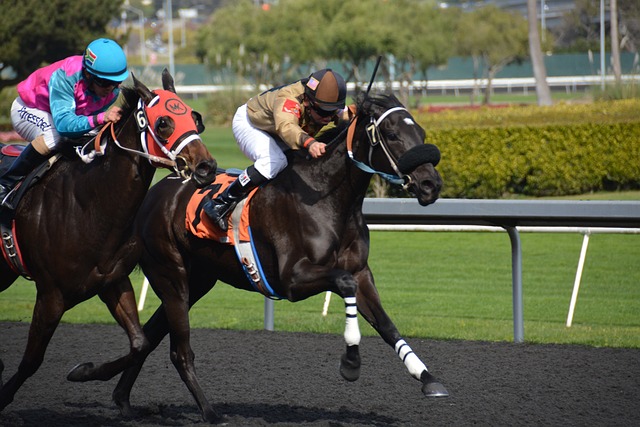One of the hardest things to manage in gambling or betting isn’t the pick—it’s the sizing. How much to stake on a given position is where most players get hurt. Too small, and you waste your edge. Too large, and a single miss wrecks your bankroll.
Enter the staking ladder—a practical system to scale confidence into size, without falling into “YOLO” territory. When used right, it helps bettors or gamblers bet bigger when it’s justified and pull back when the edge is thinner or unproven.
This post breaks down what staking ladders are, how to build them, and where they prevent common pitfalls in risk-taking.
What’s a Staking Ladder?
A staking ladder is a predefined set of bet sizes tied to confidence levels. Rather than betting flat units or going by feel, you assign each bet a level on the ladder and scale the stake accordingly.
This helps in three major ways:
- Reduces emotional decision-making
- Encourages consistent bankroll usage
- Allows upside exposure without overbetting
Unlike aggressive systems like Martingale or YOLO all-ins, ladders are conservative and intentional.
Building Your Own Staking Ladder

Start by defining your base unit—often 1% of bankroll. Then add rungs above and below, tied to your confidence or model rating.
Example Ladder (for a $1,000 bankroll, $10 unit)
| Ladder Level | Confidence Rating | Stake Size | Usage Example |
|---|---|---|---|
| 1 | Low (lean, gut feel) | $5 | Weak prop angle, experimental edge |
| 2 | Medium (moderate value) | $10 | Standard spot with light edge |
| 3 | High (strong model match) | $20 | Line well off model, supporting info |
| 4 | Max (rare, top edge) | $30–$50 | Multi-signal, verified late info |
You can adjust the %s, but the principle is this: your stake scales with your edge—and you cap max exposure.
When to Move Up or Down the Ladder
Ladder systems only work if the grading is honest. That means logging and reviewing your edges over time—and moving rungs only when earned.
Signs to Move Up:
- Repeated positive CLV (closing line value) in a certain market
- High hit rate in a specific prop type or league
- Correlated data from multiple sources confirming an edge
Signs to Stay Lower:
- Unfamiliar format (new sport, crypto market, live game)
- Conflicting data or injury uncertainty
- Emotional tilt, recent downswing, or chasing behavior
Use checklists before staking up. For example:
Edge Confirmation Checklist
- Line is >5% off fair price
- No key player/news uncertainty
- Model and qualitative read agree
- Volume available at multiple books
If all boxes are ticked, move up one ladder rung. If not, stay flat or drop down.
Pitfalls This Prevents

Staking ladders don’t just structure upside—they prevent common mistakes that wreck bankrolls.
Common YOLO Traps Avoided
- Overconfidence on unverified edges
A first-time market shouldn’t get a 5x stake. - Chasing after a bad beat
The ladder forces a reset—not a revenge shot. - Flat staking during high edge windows
Missing the moment by staying small when the edge is real. - Unit creep
Staking ladders hold the line against inflating “units” mid-run.
Think of the ladder as a discipline tool, not a profit engine. It protects from self-sabotage more than anything else.
Final Takeaway: Bet Bigger, But Smarter
Most bankroll damage doesn’t come from bad picks—it comes from bad sizing. A staking ladder offers structure, balance, and risk control. You don’t need to flat-bet forever, and you don’t need to YOLO your best read of the week.
Instead, build a ladder, review your data, and let your size scale with your edge—not your emotion.
